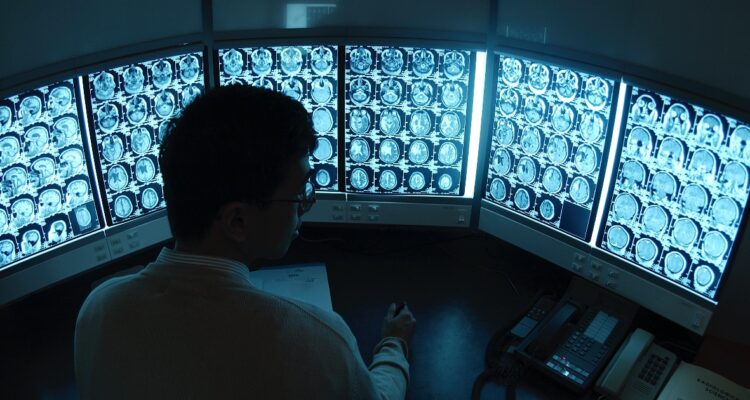For healthcare professionals, predicting where hackers might strike and deciding how to thwart assaults is becoming increasingly important.
The healthcare business has reaped significant gains as a result of continued digitization, with all participants being more connected and efficient than ever before. Despite this, the need to actively protect all of the patient data that is stored on the interconnected networks cannot be emphasized.
Hackers have evolved over time to be able to adapt to new technology. They are constantly looking for new and more vulnerable areas to attack, which includes the healthcare industry.
With significant industry consolidation and because radiology is becoming a primarily digital practice, the risks of cyber-attacks have increased in recent years for radiology functionalities.
Due to the increased number of radiologists working remotely as a result of COVID-19, hackers now have more opportunities to steal personal information from employees using less secure mobile devices and home-based wireless networks.
To prevent any assaults, healthcare organizations must invest promptly in upgrading their cybersecurity. Taking quick action to save the future of the healthcare practice – and, more critically, the future of the patients’ health information – is the need of the hour as the sector transitions to an evolving virtual world.
The rapid advancement of healthcare technology has heightened the need to make data and information instantly available to all. However, hackers have a lot of opportunities to infiltrate firms’ networks because of this rapid access to sensitive data, which has a big impact on the entire business.
It’s difficult to forecast where and how hackers will launch their next attack. Cybercrime can take many forms, including infecting networks with malware, invading systems for patient data, and manipulating scans and photos in ransomware assaults. This uncertainty can make data security and system preparation for attacks even more difficult.
With imaging, patient data, and other data synchronized across different networks and institutions, hackers have more opportunities to steal, breach, and modify patients’ sensitive information.
There are numerous ways to strengthen healthcare cybersecurity initiatives. Implementing effective security systems, such as artificial intelligence (AI) solutions, is one of the most important tasks since they are meant to constantly understand patterns and protect patient data while predicting and identifying any criminal activity.
In this era of remote healthcare, adding protection to all mobile devices used by firm staff is another step. While a large number of mobile devices available to radiologists and their practices are beneficial, it also poses a significant danger to network security.
Many radiologists and physicians have relied on their wireless networks and mobile devices as a result of the epidemic, compelling them to operate remotely. These gadgets and networks are less secure than those in their hospitals or practises, putting them at greater risk of being hacked.
Implementing best practices in security settings can go a long way toward keeping all sensitive data safe, at least for the duration of the epidemic, if not longer.
Healthcare practices and their patients can be harmed by network breaches in a variety of ways. It is vital that practices strengthen their cybersecurity activities, which may require a complete revamp.
The innovation and expansion of industry technology only increase the possibilities of vital information and data being lost through network operations. Because many practices are already fighting to stay afloat in these trying times, a network hacking event might be the final nail in the coffin for healthcare organizations and the patients they serve.
For more blogs checkout: Blogs






No Comments